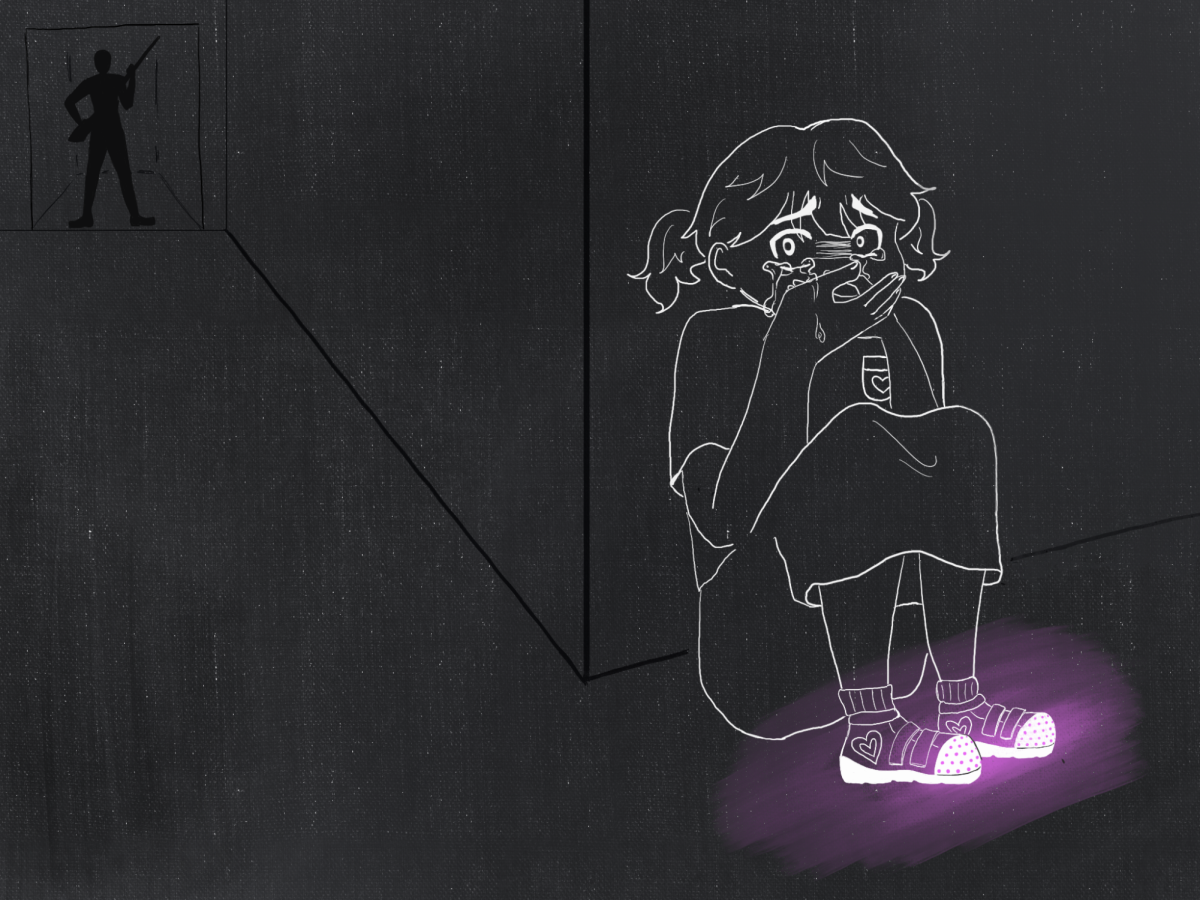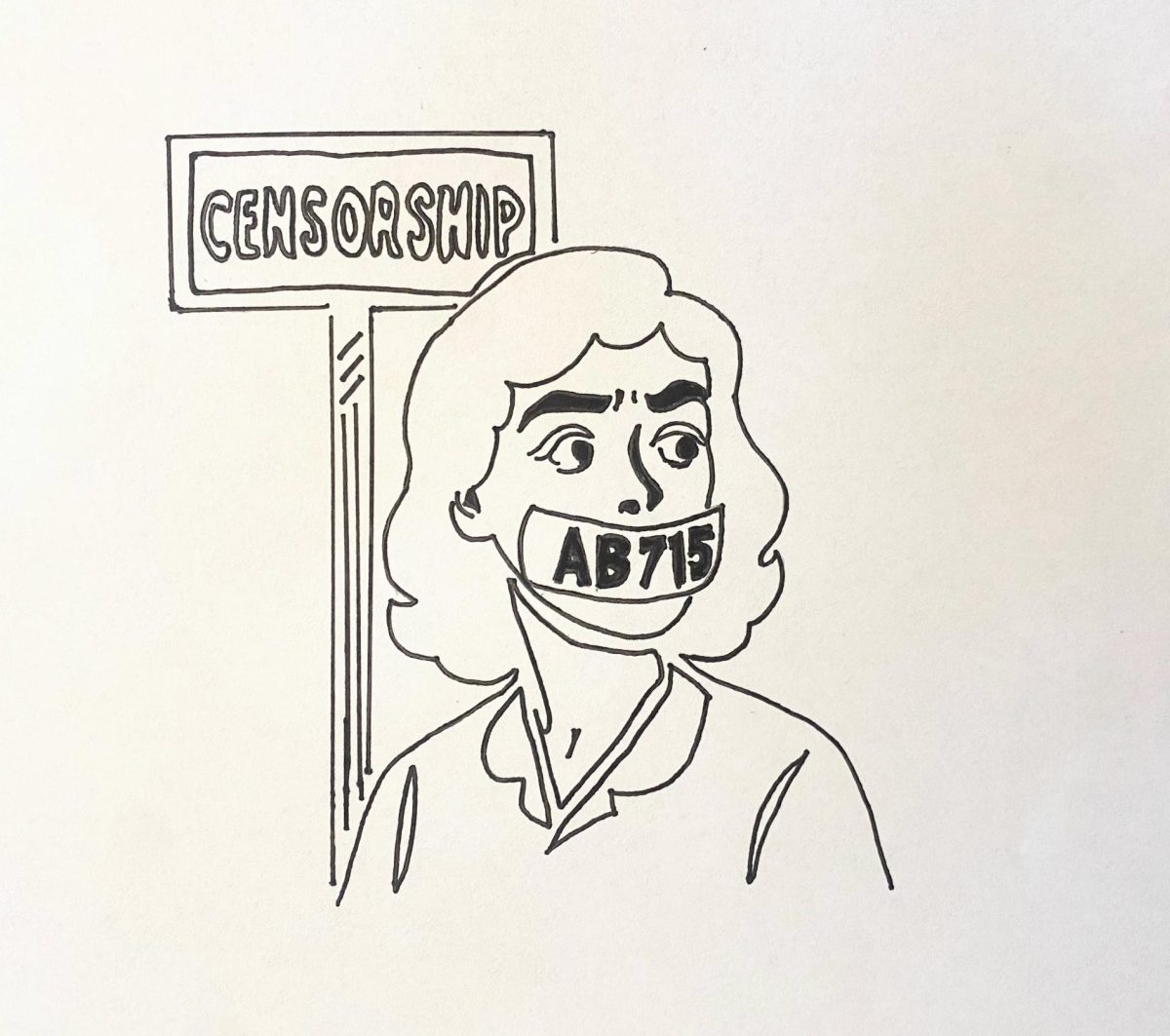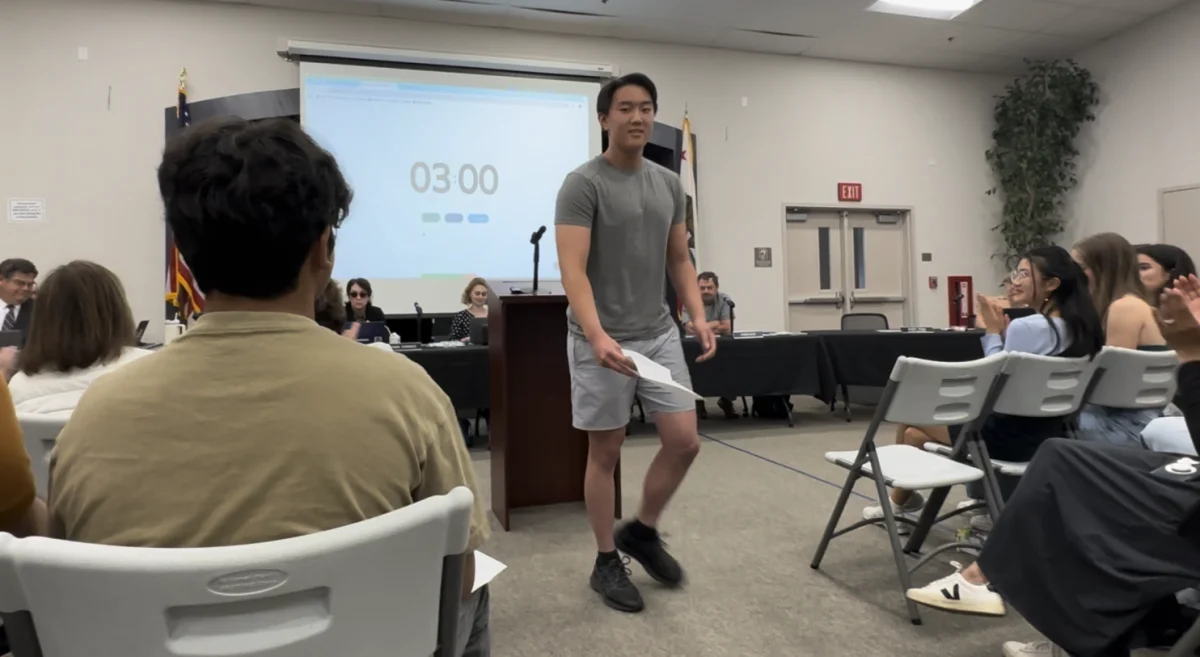When the administration announced on Wednesday, August 18 that juniors would receive temporary parking permits this year, there was an understandable uproar.
Cars are a core freedom for many teenagers, and parking in the parking lot is a rite of passage reserved for upperclassmen—but the sort of right that many LAHS students have taken for granted.
The temporary parking permits are a result of a much bigger cause: The school is investing in solar panels that will cover the parking lot. As the panels are constructed this year, some spaces will be needed at all time for construction materials. Only seniors will be allowed to park in the lot during the winter construction period.
But as the passion dies down, it is vital that juniors understand the long-term benefits of their one-time sacrifice. While a significant sacrifice, the construction of solar panels and repainting of spots allows the school to accommodate for a future of environmentalism and enrollment that will only increase.
Those affected by the unfortunate scenario must find the strength to endure for now.
The benefits of covering the parking lot are both economical and environmental, and do outweigh any inconvenience.
By installing solar panels, “we reduce our electricity consumption by about 45 percent,” said Joe White, MVLA Associate Superintendent for Business. “It’s worth about a quarter of $1 million to us a year.”
White also said that a state incentive will bring in $1.6 million from PG&E over the next 5 years. The solar panels will initially cost $7 million to install, then save $250,000 each year over a lifespan of 25 to 30 years.
White estimates that with inflation the savings will grow to $715,000 in the year 2035, for total estimated savings $11 million.
“It isn’t like it just goes by the wayside at that point in time,” White said. “That’s the anticipated life expectancy. It doesn’t mean that it has to be totally replaced at that point in time.”
White said the parking lot was repainted “to fit the new solar panel configuration and try to maximize parking spaces.”
“In that parking lot we went up 32 spaces,” White said.
While many juniors are upset that the school did not start construction over the summer, which would have allowed them to park throughout the year, such speed was not possible. The construction of the solar panels was tied to Measure A, which only passed in June.
White said the construction will begin on November 1 and continue to March 31.
Even while many juniors understand that solar benefits the school in the long run, it is still uncomfortable for them to make the sacrifice that will benefit so many future student drivers. Junior Chip Cantrell is in agreement.
“It just sucks that it was our year,” Chip said.








